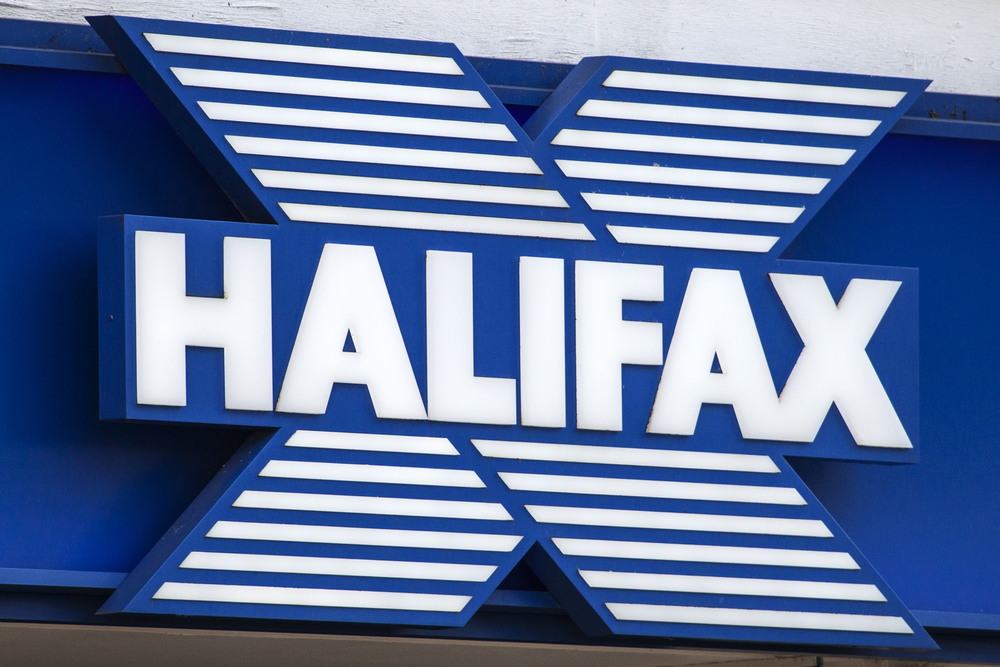
The amount of money collected by HM Revenue & Customs from inheritance tax reached £700m in April, an increase of £85m from the same month last year.
This follows figures released last month showing that HMRC had netted a record £7.5bn paid in inheritance tax receipts last year.
Quilter tax and financial planning expert Shaun Moore says the growing IHT bill is the result of “frozen thresholds and tax policy inertia”.
He says: “As we enter into election season, it would be sensible for either party to reassess the UK’s IHT landscape and change what is no longer fit for purpose.
“When the party manifestos are published later this year, we will see how both parties hope to evolve the inheritance tax system that has been in a state of paralysis for too long leading to these types of figures.
“Some of the measures that could help to alleviate the tax burden could be to drop the IHT tax rate to 30%.
“But such a tax cut is unlikely to be too much of a vote winner given that only a very small percentage of the UK public actually pay IHT.”
But, says Moore: “There are opportunities to improve the inheritance tax system more generally which would iron out some of the complexities and the inequalities. “One area ripe for reform is the Residence Nil Rate Band (RNRB).
“While a well-meaning policy it is fiendishly complicated and excludes a significant demographic, especially the growing number of elderly individuals without children.
“With an aging population and increasing childlessness the RNRB’s exclusionary nature becomes ever more problematic.
“A fairer and less complicated system would be to raise the nil rate band to £500,000. This would be better aligned with the changing demographics and social structures of the country.”



